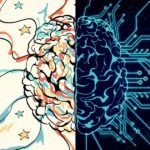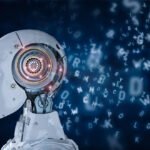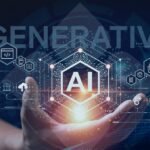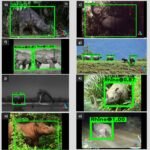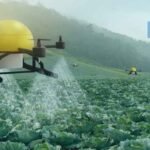How do AI writing tools work
/ /
Artificial intelligence (AI) has revolutionized various industries, including the realm of writing. AI writing tools have emerged as powerful aids, streamlining the writing process and enhancing productivity.
But how exactly do these tools work? In this blog, we will delve into the inner workings of AI writing tools, shedding light on the underlying technologies and processes that make them invaluable assets for content creators and writers.
- Natural Language Processing (NLP): At the heart of AI writing tools lies natural language processing (NLP), a branch of AI that focuses on enabling computers to understand, interpret, and generate human language. NLP algorithms analyze and interpret textual data, extracting meaning, patterns, and contextual information. By leveraging NLP, AI writing tools can comprehend the input text and generate relevant and coherent output.
- Training Data and Machine Learning: AI writing tools rely on vast amounts of training data to learn patterns, grammar, and style. These datasets consist of diverse text sources such as books, articles, and online content. Using machine learning techniques, AI models process this data, identifying correlations and building statistical models that capture the structure and nuances of human language. The models are then fine-tuned to generate output that resembles human-written text.
- Language Generation Models: AI writing tools utilize language generation models, such as OpenAI’s GPT (Generative Pre-trained Transformer), to generate text. These models are based on transformer architectures, which excel at understanding and generating contextualized text. Language generation models take advantage of self-attention mechanisms, allowing them to capture relationships between words and generate coherent and contextually appropriate output.
- Fine-tuning and Customization: AI writing tools often undergo a fine-tuning process to adapt them to specific tasks or domains. During this stage, the models are trained on additional data that is specific to the desired output, such as a particular writing style or industry terminology. Fine-tuning helps tailor the AI writing tool to meet the specific needs of the user, resulting in more accurate and relevant content generation.
- User Feedback and Iterative Improvements: AI writing tools continuously improve through user feedback and iterative updates. User interactions and corrections provide valuable data that can be used to enhance the models and refine their output. By analyzing user feedback, developers can identify and address limitations or biases in the AI writing tools, resulting in more reliable and effective performance over time.
- Ethical Considerations and Safeguards: Ethical considerations play a vital role in the development and use of AI writing tools. Developers need to ensure that the tools do not propagate biased or harmful content. They must implement safeguards and review mechanisms to detect and prevent misinformation, plagiarism, or inappropriate language. Additionally, transparency and disclosure regarding the use of AI-generated content are crucial to maintaining ethical standards.
Posted in Blogs













